Thousands of years ago, ancient Egyptian technology reached its peak, and plenty of ancient Egyptian inventions astonished us for its technological progress, but the pages of history turned many of them, to be attributed to other countries, or be reinvented for some centuries. Ago.
The ancient Egyptians were creative in many fields such as: astronomy, mathematics, medicine and other sciences, and that we can find these inventions in our standard of living now, and their inventions perplexed us not only because they were previous their time, but because despite the progress we've got made now, they they may not understand the essential principles of a number of these inventions.
And because ancient Egyptian inventions will be prolonged, allow us to show some examples that prove the ingenuity of our ancient ancestors within the fields of your time and private hygiene.
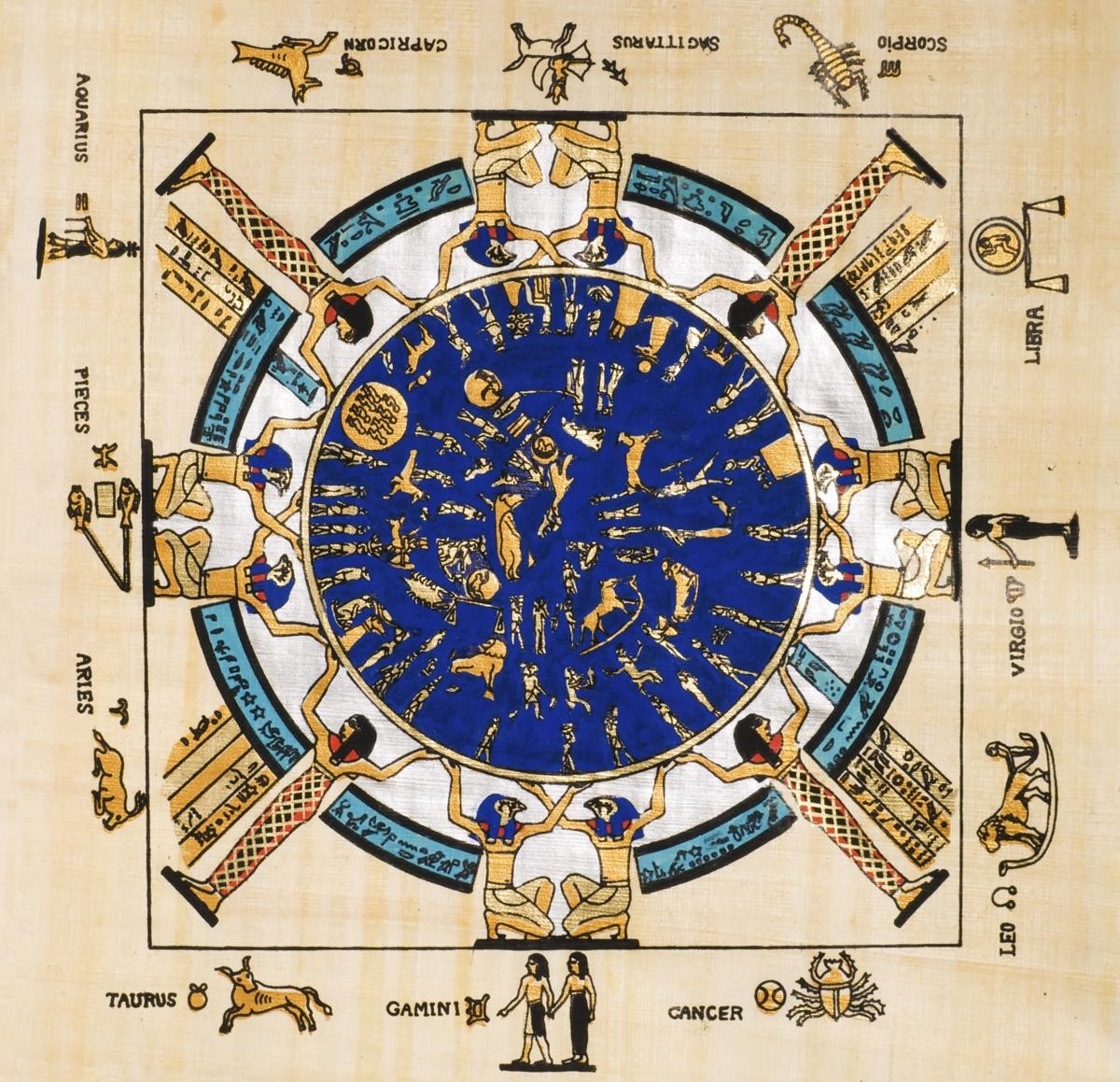
Pharaonic calendar
The calendar of the traditional Egyptians who lived an agricultural life meant the difference between the feast and therefore the famine, so that they invented the calendar quite 5,000 years ago, and their calendar was supported twelve cycles of the moon - that's, twelve months - and that they began the year with the looks of the star Sirius Alemania within the sky on solstice.
The Egyptians divided the calendar into three seasons, each of which incorporates four months coinciding with the increase and fall of the water level of the Nile River, and every month is split into 30 days, for a complete of 360 days within the year, and later the Egyptians noticed the inaccuracy of their calendar enough, because the river didn't flow each year by the tip of June as they expected, so that they decided to feature five days of the year to atone for this difference, and thus the full number of days of the year becomes one year.
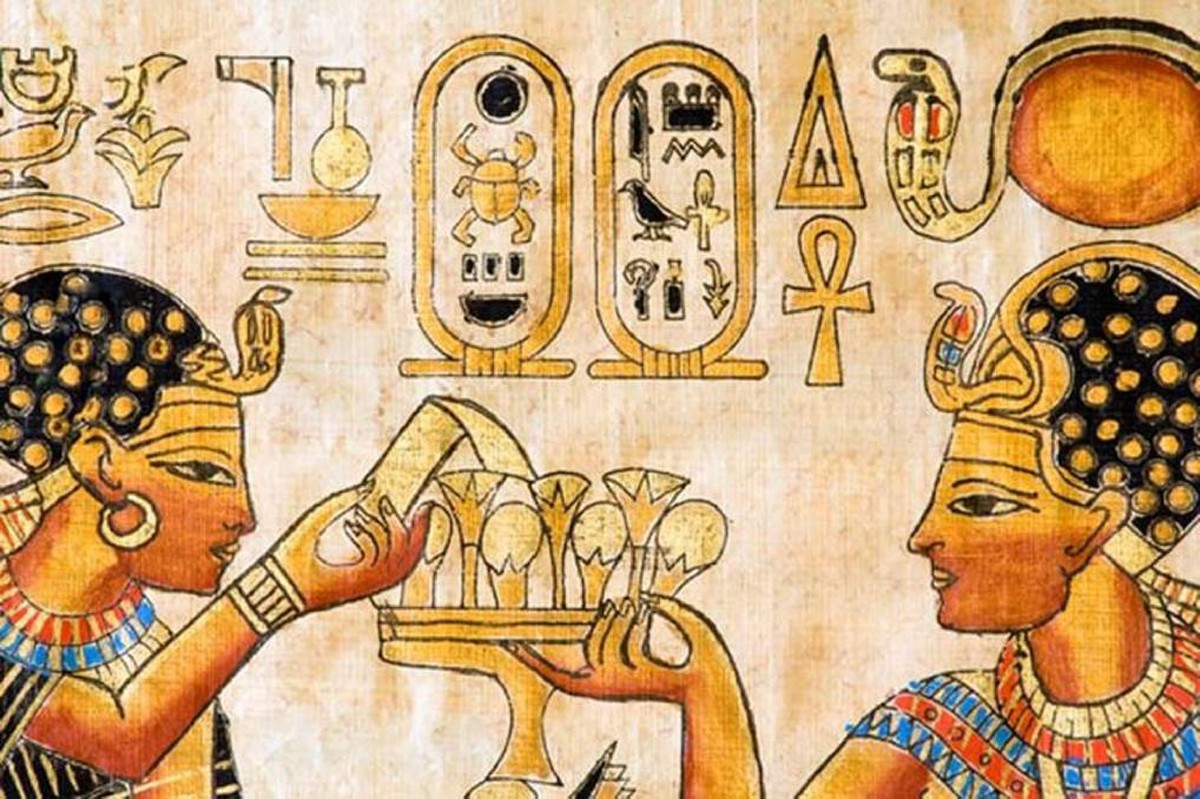
Because of the dependence of the traditional Egyptians on the year, the traditional Egyptian year was shorter than the astronomical year by a couple of quarter of on a daily basis, so this disparity accumulated over time, and since the emergence of Sirius the Yamanian stellar event that happens every one year and 1 / 4 days, and failed to accurately correspond to their calendar, Causing their confusion. To correct this disparity, they decided to feature a month to the year every three years, so the year would have 384 days, and it might be a "great year".
In the year 238 BC, a decree was issued by the Ptolemaic rulers to amend the Egyptian calendar by adding 6 additional days rather than five times every four years, so the length of the year becomes three hundred and sixty six days rather than three hundred and sixty five days, which could be a bissextile year, therefore the Egyptians strongly opposed that amendment, because most of them were Farmers, and people agricultural seasons formed their year, but the Alexandrian calendar was introduced to Egypt in 25 BC, and it absolutely was effectively implemented.
The Egyptian calendar has been used throughout the ages. The Egyptian Church still uses the traditional Egyptian calendar, likewise as contemporary Egyptian farmers to calculate agricultural seasons. The Egyptian calendar is additionally linked to local celebrations like the annual flood of the Nile and therefore the ancient spring festival "Sham El-Nessim".
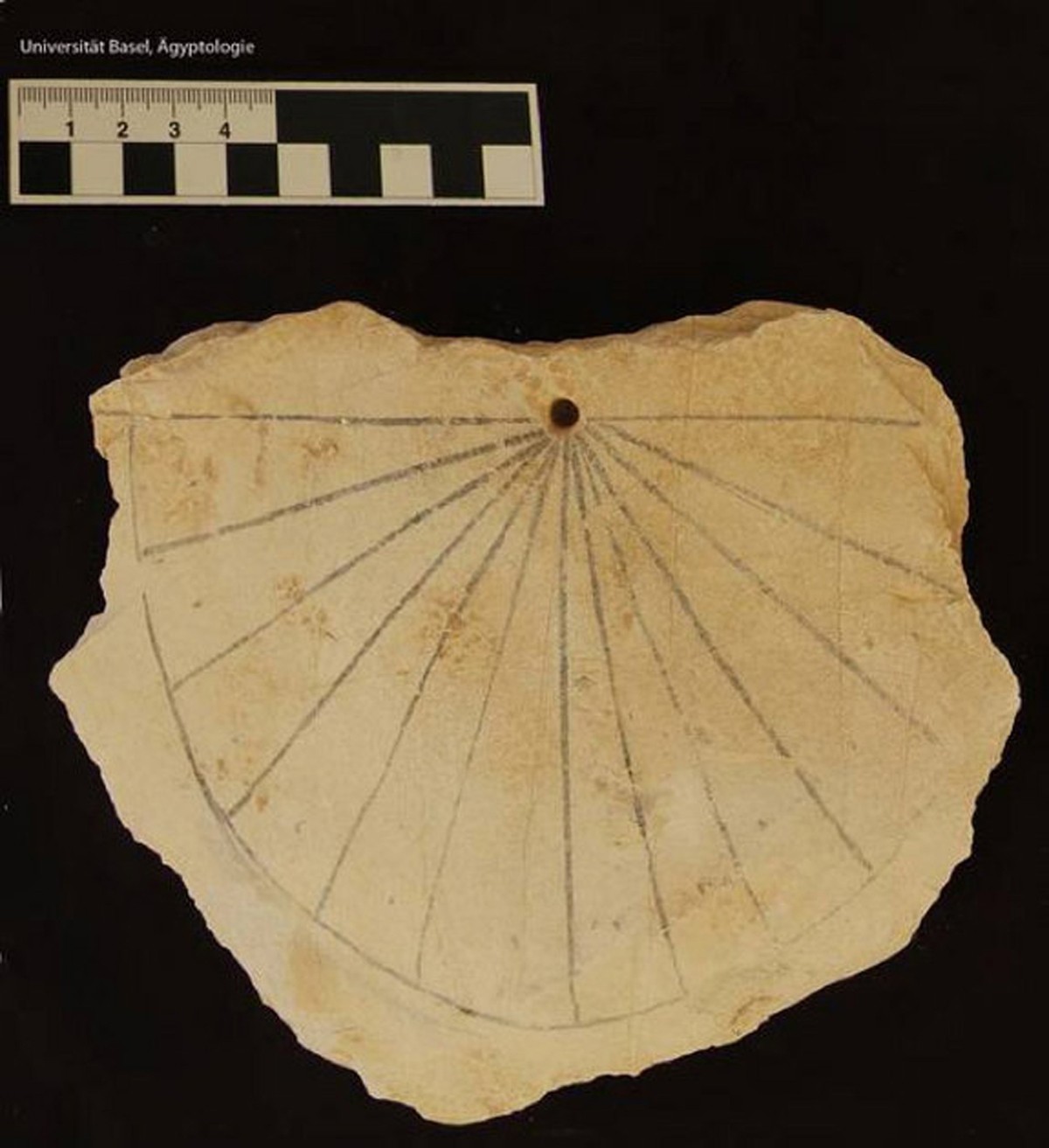
sundial
Ancient Egypt was one amongst the primary civilizations to divide the day to understand the time counting on the position of the sun during the day and on the looks and disappearance of the celebrities at midnight, and among the oldest styles of clocks that the traditional Egyptians used are shadow clocks, sundials, water clocks, and therefore the Merchts.
The ancient Egyptians initially relied on measuring time with the shadow clock, which depends on the sun, which clock used a vertical stick, and thru the length and direction of its shadow they might determine the time later. The shadow clock evolved with the invention of the sundial, which Herodotus mistakenly attributed to the Babylonians.
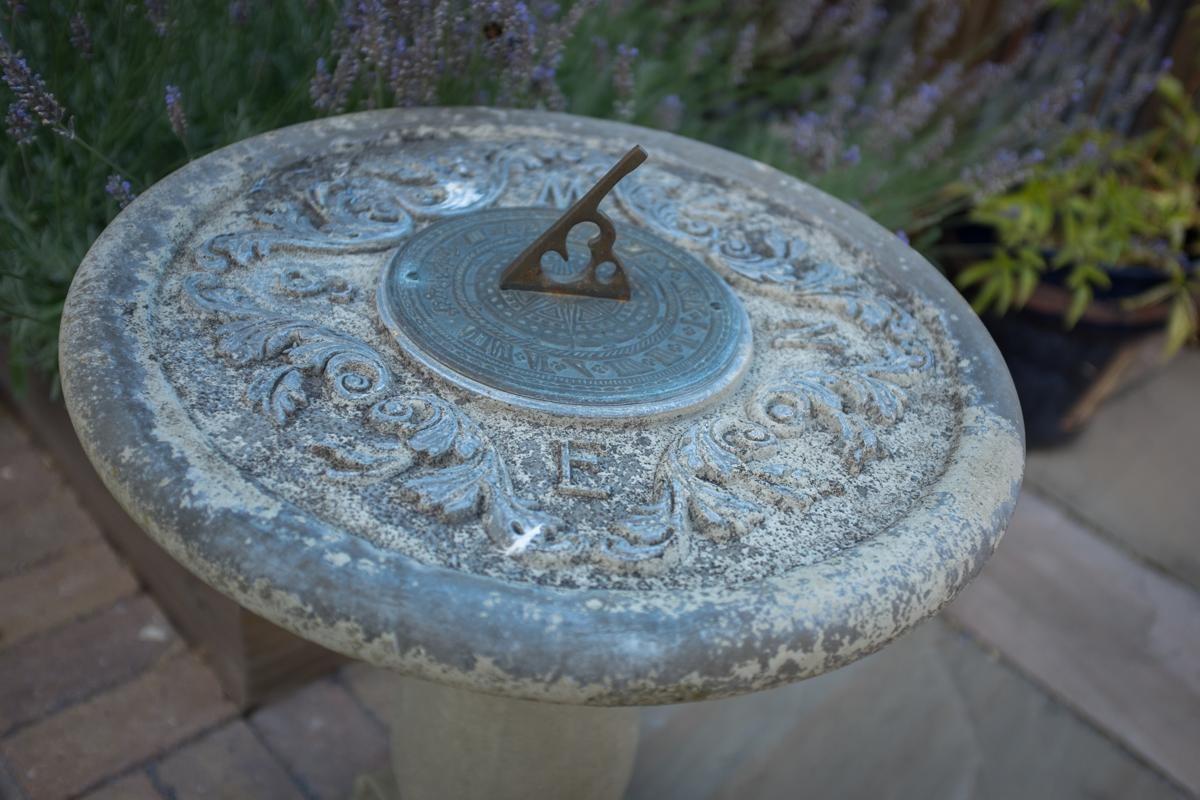
In history, many varieties of sundials were used, but the primary sundial was known of its Egyptian origin. The sundial today is split into twelve parts through a flat base, and therefore the time is estimated through a hole that holds alittle straight piece of wood or metal, that the ancient Egyptians were ready to determine the time, while the shadow of the tiny piece moves between those parts, but this method works Only within the presence of sunlight.
To find out the time at midnight, the traditional Egyptians used the clock, although there's no evidence of the origin of the primary water glass. The oldest clock in Egypt was found within the tomb of Amenhotep the primary and dates back to 1500 BC. Water clocks are sort of a bowl and have atiny low hole within the bottom that permits the water to drip at a gradual rate and while the water drips there are markings within the container divided into twelve columns to understand the time of the water level.
oreover, the traditional Egyptians were ready to calculate the time at nighttime, on the condition that the celebs are clear within the sky, employing a tool called Merkht. This tool was developed by the Egyptians and was used a minimum of about 600 BC, which tool was wont to know the time by tracking the alignment of some stars. To estimate the time at the hours of darkness.
All ancient civilizations faced many challenges, and yet they were able to overcome them, right up to the battery-powered equipment within the epoch, and that we now take our ability to inform time as a right, done just by a look at the watch or to a transportable, and by comparison. With the past, we'll know that we've come a protracted way during this regard.
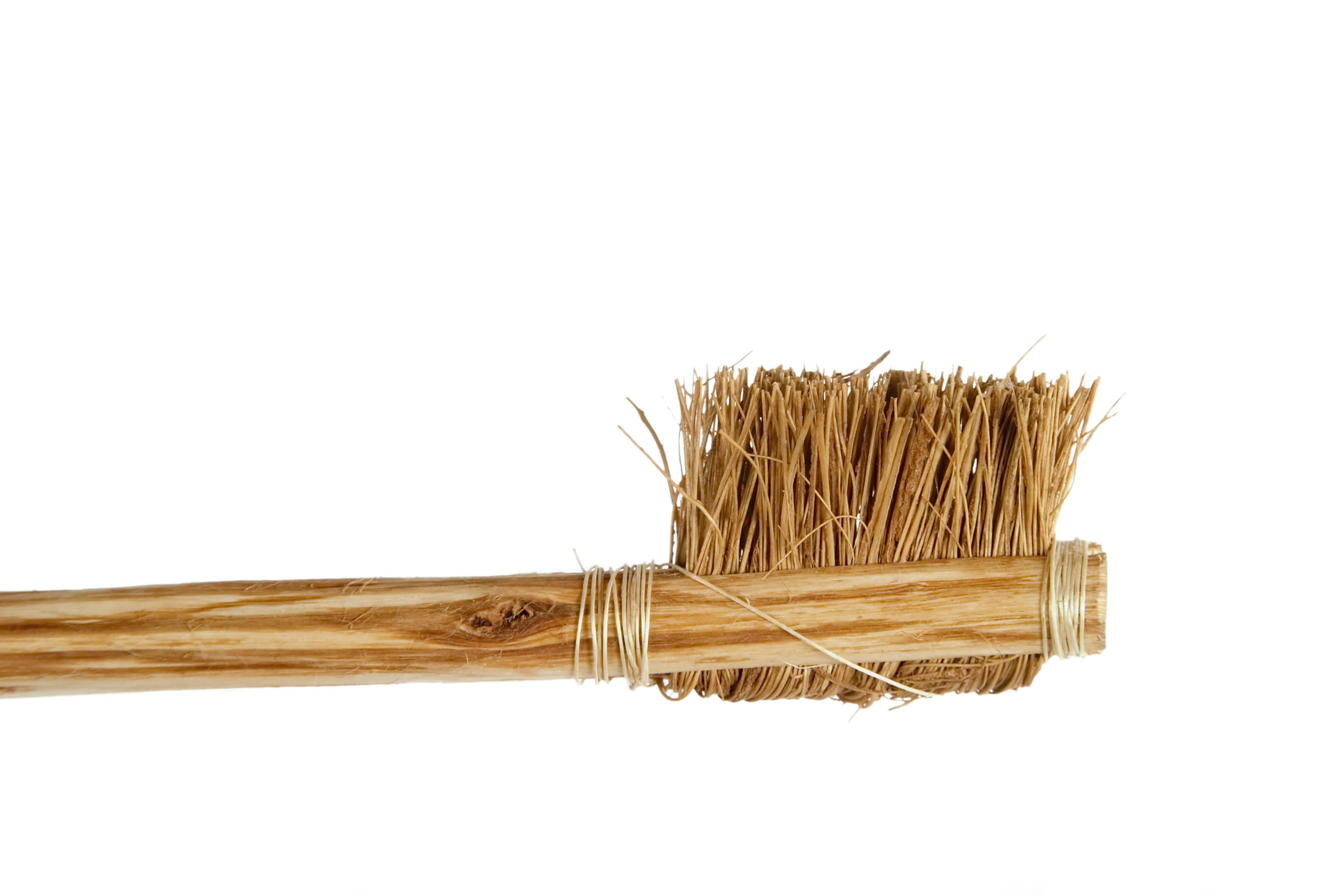
Fresh breath toothpaste
The ancient Egyptians were specialists in solving dental problems, and yet they faced problems keep their teeth healthy, because they used stones to grind food, and that they didn't like bad breath like others, to fight this problem, they invented the primary refreshing mouth odor by boiling gum, myrrh and cinnamon, then Mix it with honey, and shape it into balls that they'll chew.
There is another invention attributed to the traditional Egyptians in caring for the teeth and keeping them clean, which is toothpaste and also the brush. the primary toothpastes consisted of assorted compounds that included eggshell and ash. it's certain that the traditional Egyptian mixtures to freshen the breath and toothpastes failed to have a decent flavor like that. we all know them today, but there's little question that they helped refresh their breath.
Wigs and eye decorations
We are cognizant of the standard shape of the traditional Egyptians - a bald head or covered with a wig - without understanding the concept behind it. the traditional Egyptians were keen to shave their heads completely during the new summer to shield them from pests, and since baldness was not a decent appearance, the traditional Egyptians invented wigs. to safeguard their heads from the sun yet, both sexes wore wigs in ancient Egypt, apart from priests and workers. That wig was made of human hair, and sometimes they added plant fibers or sheep wool to extend its size.
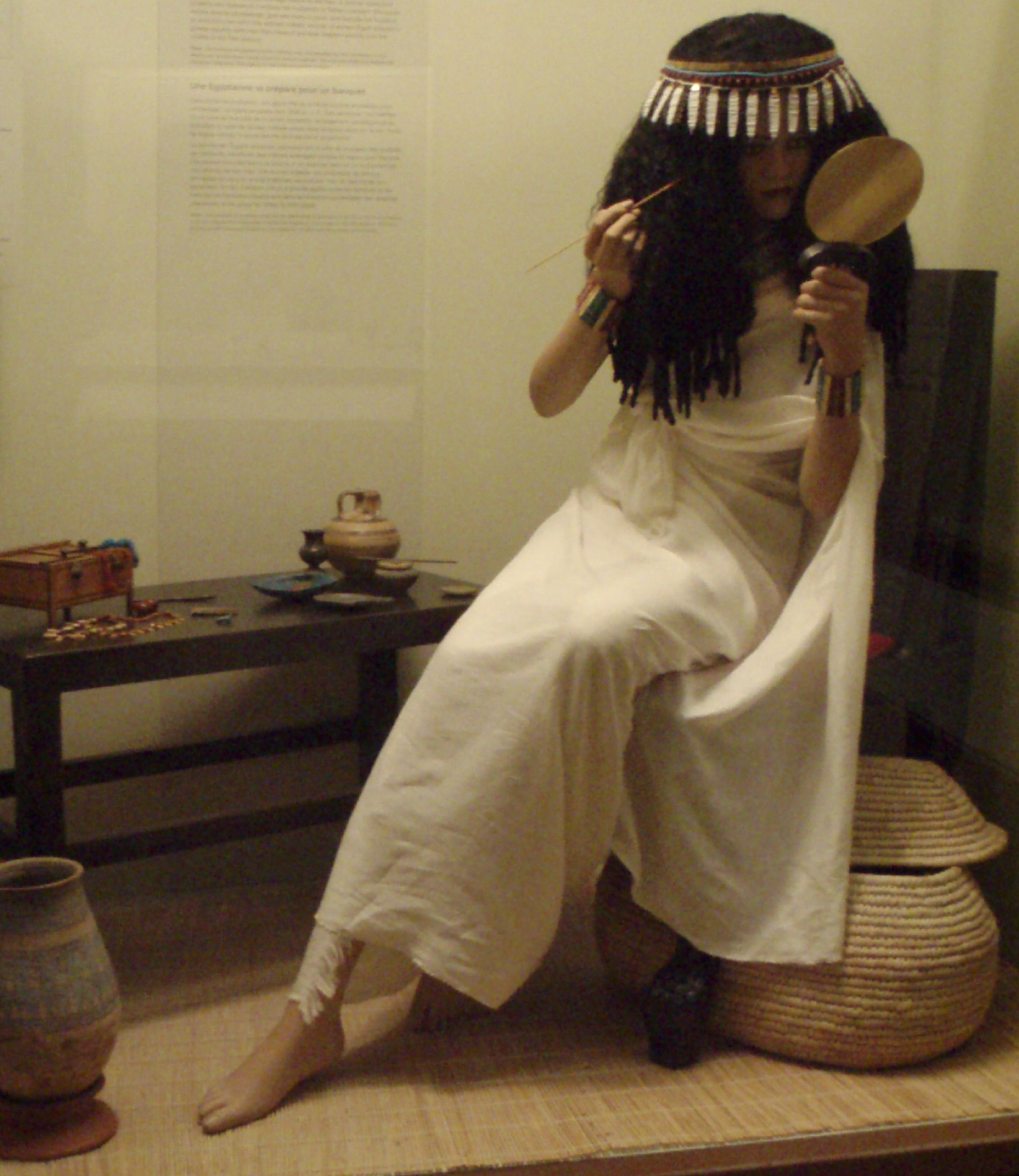
The decoration of the attention or the Egyptian kohl was one in every of the foremost important characteristics of the traditional Egyptians further, so both sexes from different social classes took care of their eyes, making kohl by grinding different minerals like galena, which provides the black color, then mixing the powder with water and animal fats, to create it a paste that sticks to the eyelids. And it absolutely was kept in an exceedingly mold called Al-Makhla.
In addition to the cosmetic and spiritual purposes of kohl, it absolutely was also believed that it had many medicinal purposes that the Egyptians explained in papyrus scrolls, The ancient Egyptian doctors used kohl in eye diseases, as galena has antiseptic properties, and moreover, the traditional Egyptians accustomed put kohl around their eyes to shield them from the cruel sunlight and to repel flies.
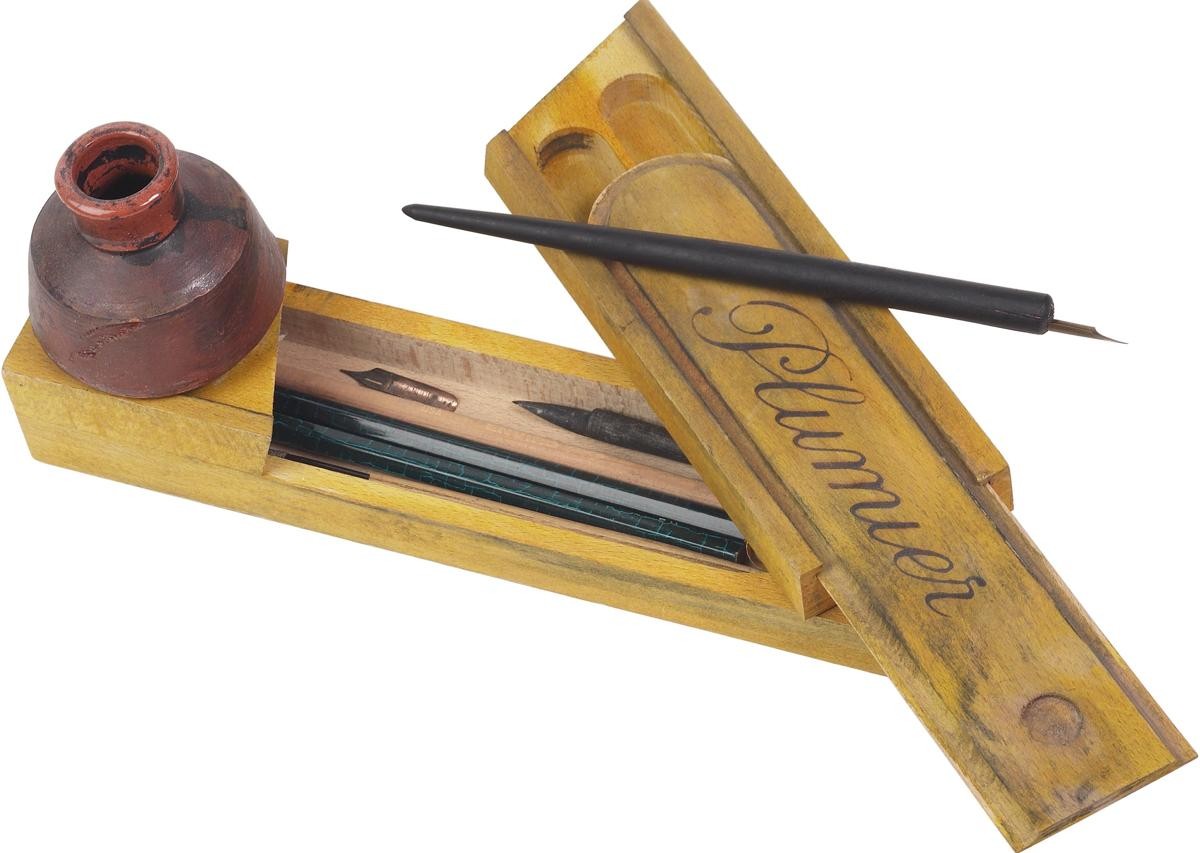
Even after death, the traditional Egyptians cared about their appearance, so that they believed that they ought to appear within the best way at the time of reckoning while they're presenting themselves to their gods, to create an honest impression on them. The Book of the Dead included an outline of his condition upon reckoning that he presents himself pure and clean and wearing elegant clothes, and wearing white slippers and that we decorated his eyes, and perfumed with the best kinds of myrrh oil.
Cleanliness and private appearance were important to the traditional Egyptians, and within the present day, modern Egyptians have inherited a number of their traditions. Some families, especially in administrative district, still believe the spiritual and medical powers of eye adornment and apply kohl to their newly born children.
We are often surprised and amazed at new inventions, and that we tend to seem at old inventions with a condescending view. However, if we glance at our ancient Egyptian heritage, we'll find mechanical wonders and exploits that transcend our modern understanding. However, these inventions are forgotten and folded within the days although they were of great influence. In many civilizations that followed, these inventions survived for hundreds of years and that we still see and use them today.

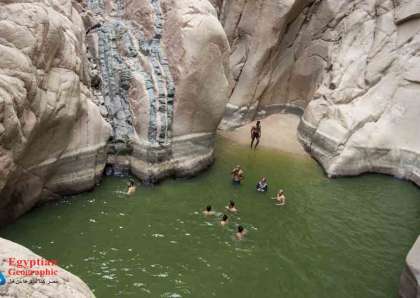


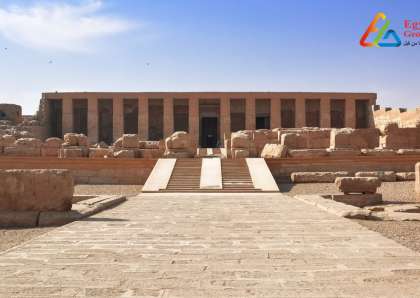
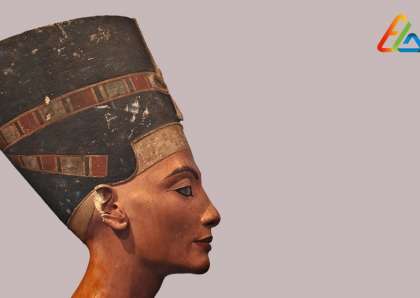
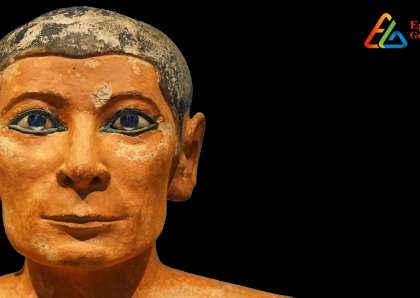
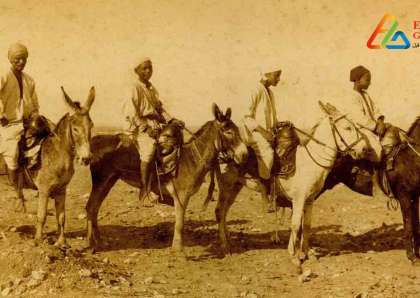
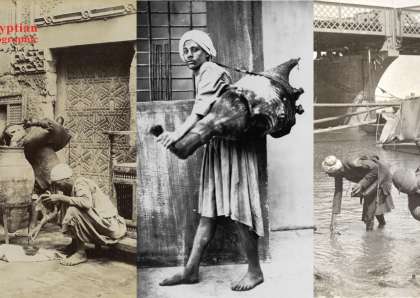
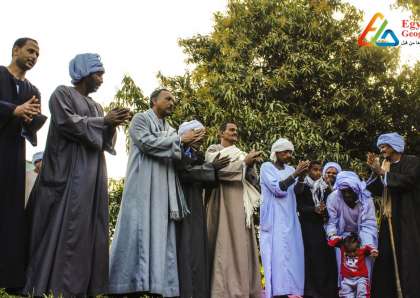







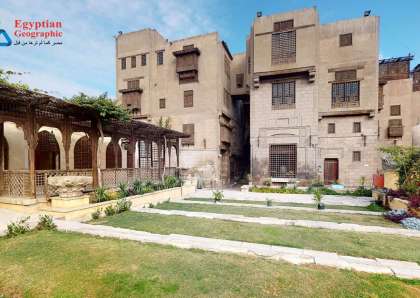
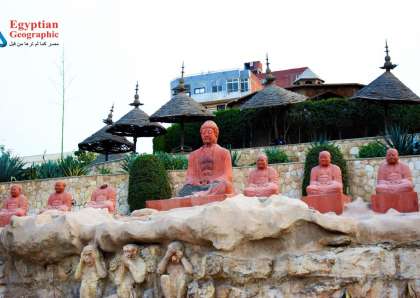
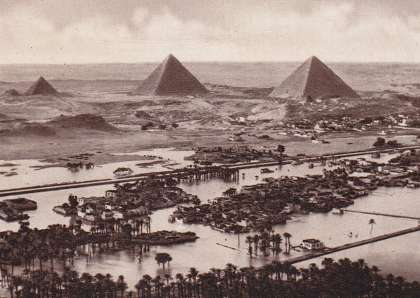
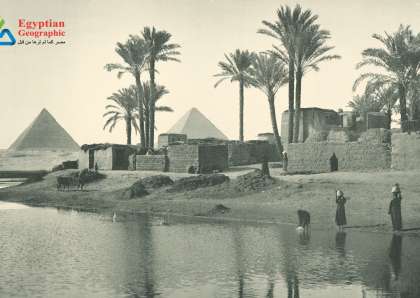


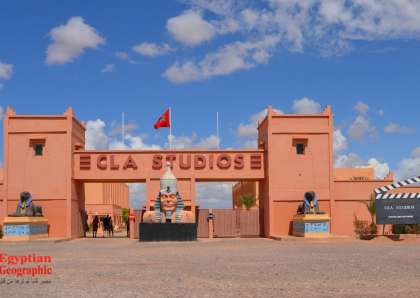















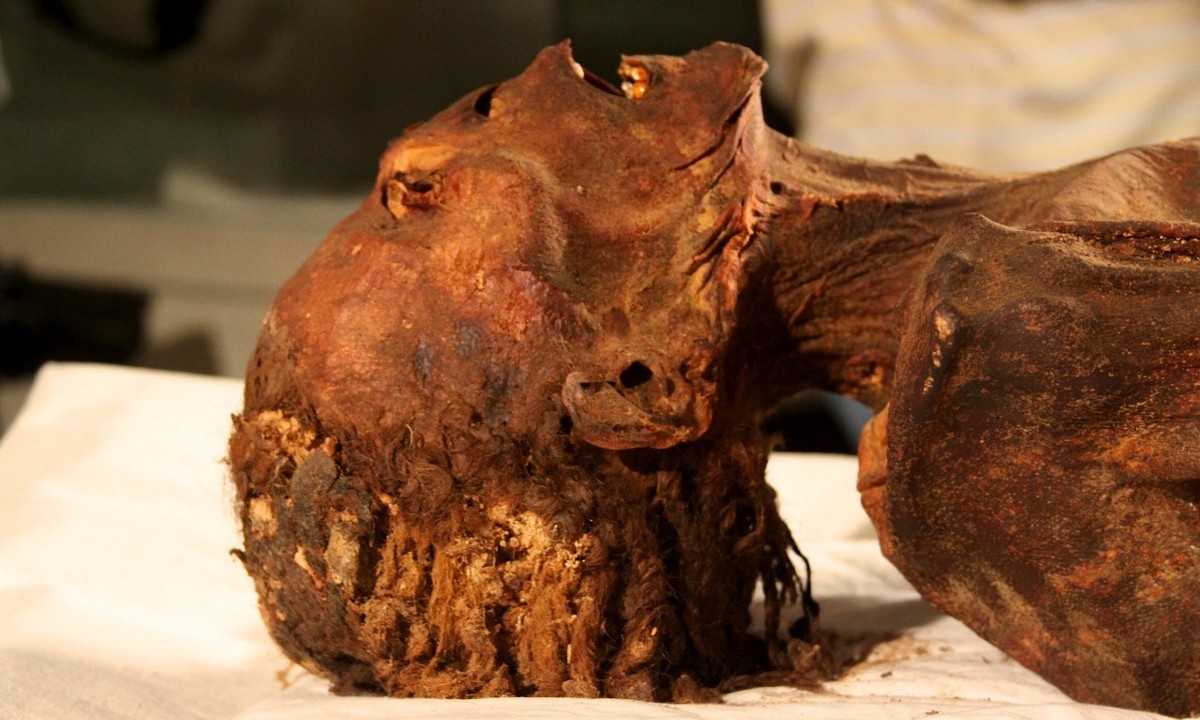










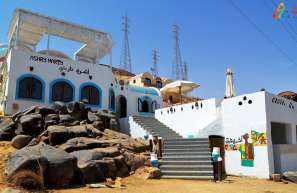

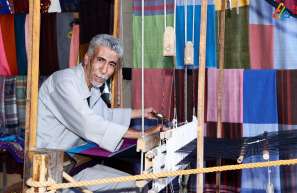














مجلة علمية معرفية وثائقية تتناول الشخصية المصرية